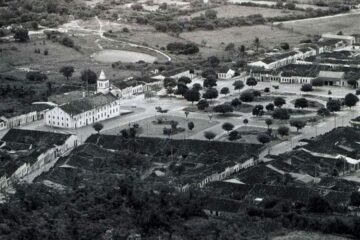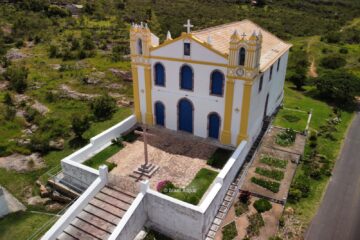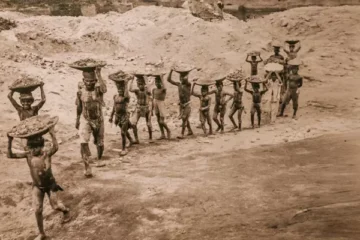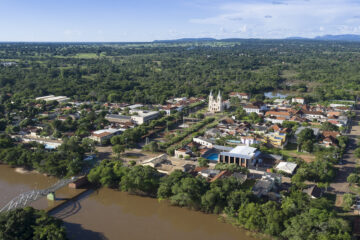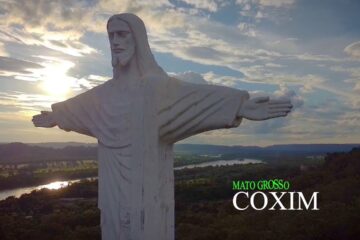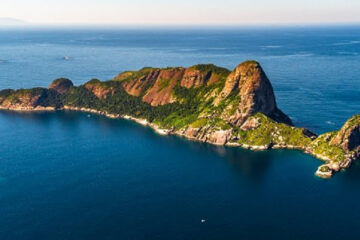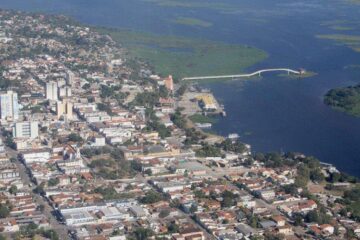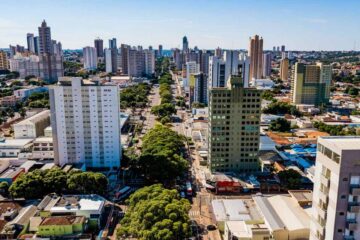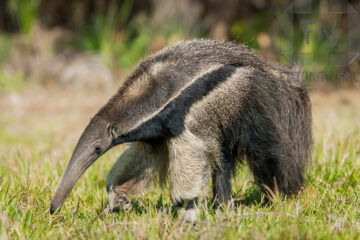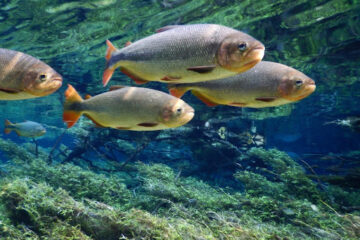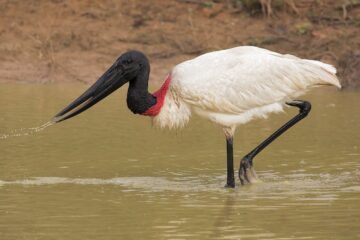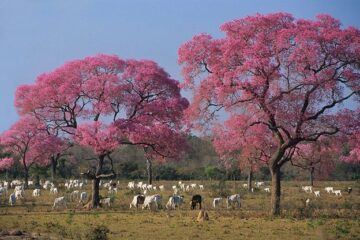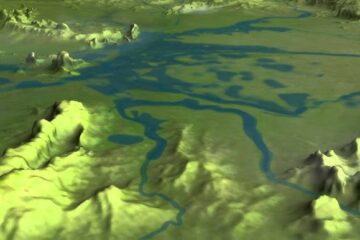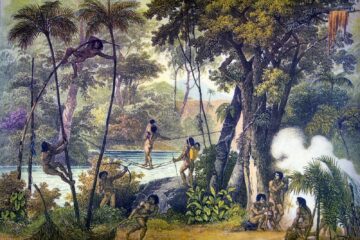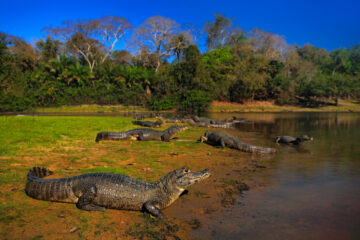Este post também está disponível em:
Português
English

Map of the Western Hemisphere from 1623
This is a very rare derivative of the important Hondius map of 1618.
The engraver is unknown, although it is closely copied from Picart’s version of 1644, which in turn was derived from Jansson’s map of 1623.
North America retains peninsular California and there isn’t much detail along the east coast in the mid-Atlantic region.
In the southwest, the famous seven cities of Cibola appear on the shores of a large spurious lake. In South America, the mythical Parime Lacus is shown south of Guyana and there are two scenes shot, one detailing a cannibal feast and the other showing a mythical Patagonian giant.
Two stylized inserts of the polar regions are placed on strip cards; the North Pole depicts Frobisher’s theory of the Northwest Passage and the South Pole shows the long-held notion of the mythical southern continent.
The map is flanked on three sides with carte-a-figure borders depicting the Native Americans and their main cities.
This map can be easily distinguished from Hondius’ map because the figures on the sides were reversed when they were copied by the engraver.
Unlike Blaeu’s similar map, the cities at the top include three North American cities: the Indian village of Pomeiooc in Virginia, the French fort in Carolina and St. Augustin in Florida.
1623 Map of the Western Hemisphere – Historical Map
